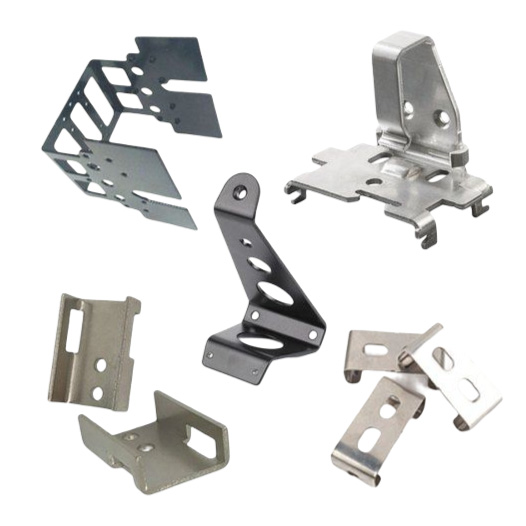
1.How does Sheet Metal Laser Cutting Work?
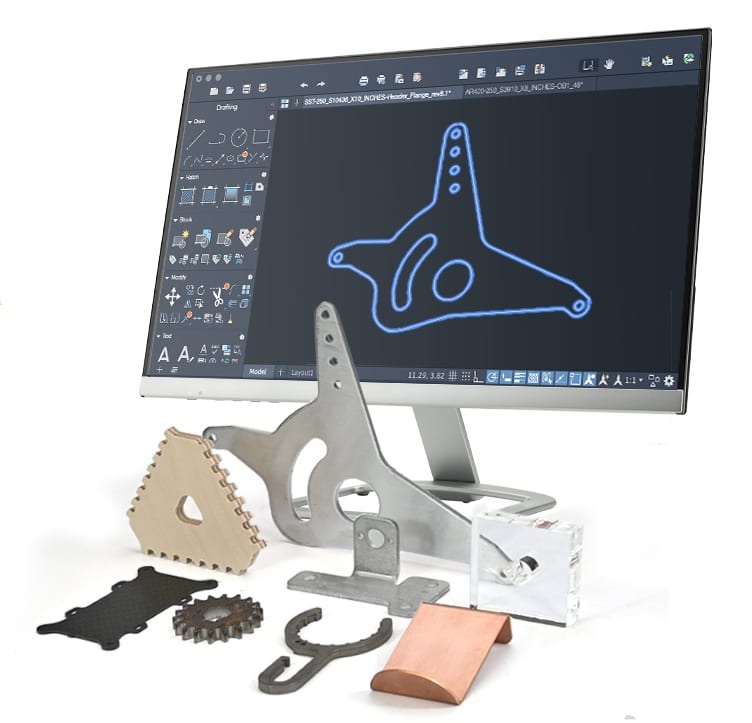 Laser cutters are CNC machines that use a thin, high-powered laser beam to cut materials. The process is most often used in industrial manufacturing. Laser cutters are commonly used for quality welding and to cut industrial sheet metal, but laser cutters can also be used for other materials from composites to rubber, glass, wood, and aluminum.
Laser cutters are CNC machines that use a thin, high-powered laser beam to cut materials. The process is most often used in industrial manufacturing. Laser cutters are commonly used for quality welding and to cut industrial sheet metal, but laser cutters can also be used for other materials from composites to rubber, glass, wood, and aluminum.
Our Youlin® Sheet Metal Laser Cutting Service products have been recognized by our customers with advanced production technology and good quality.
Laser focusing optics are used to direct electrical energy into a high-density light beam, and CNC is used to manage either the workpiece or the laser beam. The material processed by the laser cutter is then melted, burned, vaporized, or blown away by a jet of oxygen or nitrogen.
2.Advantages of Sheet Metal Laser Cutting
Durability
Similar to CNC machining, sheet metal processes produce highly durable parts well-suited for both functional prototypes and end-use production.
Scalability
All sheet metal parts are built on-demand and with lower setup costs compared to CNC Machining. Depending on your needs, order as little as a single prototype up to 10,000 production parts.
Material Selection
Choose from a variety of sheet metals across a wide range of strength, conductivity, weight, and corrosion resistance.
Rapid Turnaround
Combining the latest cutting, bending, and punching with automated technologies, Youlin provides instant sheet quotes that can often ship the same week.
3.General Tolerances of Sheet Metal Laser Cutting
|
Description |
General Tolerance |
|
Distance Dimensions |
For features of size (Length, width, diameter) and location (position, concentricity, symmetry) +/- 0.010” is typical. Material length and thickness may affect tolerances. |
|
Thickness Dimension |
Thickness tolerances are determined by the material blank. |
|
Minimum Recommend Part Size |
1.000" |
|
Minimum Feature Size |
2X material thickness with a minimum of 0.062" |
|
Kerf (slit size) |
Approximately 0.020" |
|
Edge Condition |
Laser cut parts will have a matte, vertical striation on the edges. |
4.Applications for Plastic Injection Automation
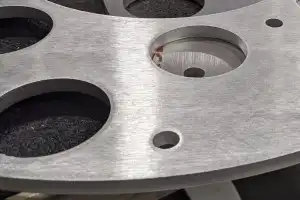 Flat Finishing
Flat Finishing
We can put your laser-cut parts through finishing to remove all burrs, round part edges, and eliminate most or all prep work required for welding and painting.
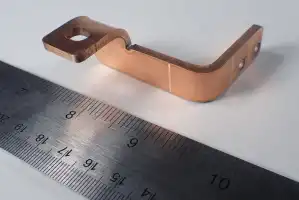 Bending & Forming
Bending & Forming
We can handle any number of bends, including interior "window" bends that require sectionalized tooling.
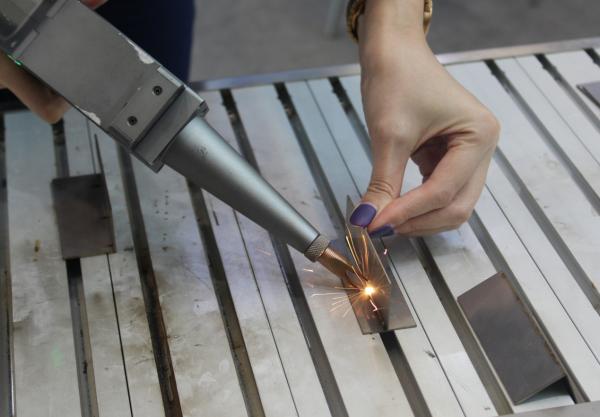 Welding & Assembly
Welding & Assembly
We can offer MIG and TIG services on all materials we process.
6. FAQ
Q: How thick of metal can a laser cutter cut?
A: Common industrial systems (≥1 kW) will cut carbon steel metal from 0.51 – 13 mm in thickness. For many purposes, a laser can be up to thirty times faster than standard sawing.
Q: Which laser sources can be used to sheet metal laser cutting?
A: Generally, both CO2 and fiber laser sources have the ability to cut metal. However, metals like steel and ferrous materials are easier to cut than light or non-ferrous metals like copper or aluminum.
Q: How accurate is laser cut steel?
A: The short answer is yes, incredibly accurate. In fact, its accuracy is one of its best advantages over other cutting forms. You can use a laser cutter to make extremely accurate cuts, and the finished product will be smooth and clean.
Our Youlin® Sheet Metal Laser Cutting Services are your best choice!